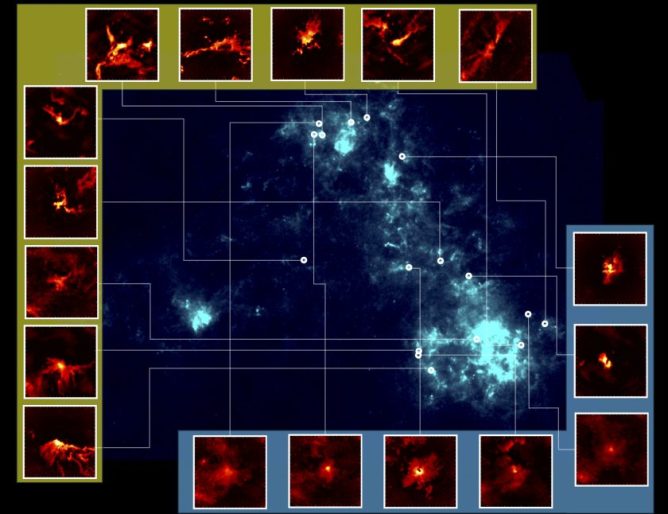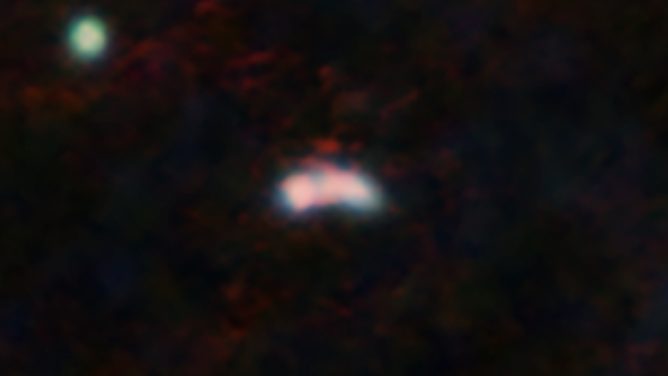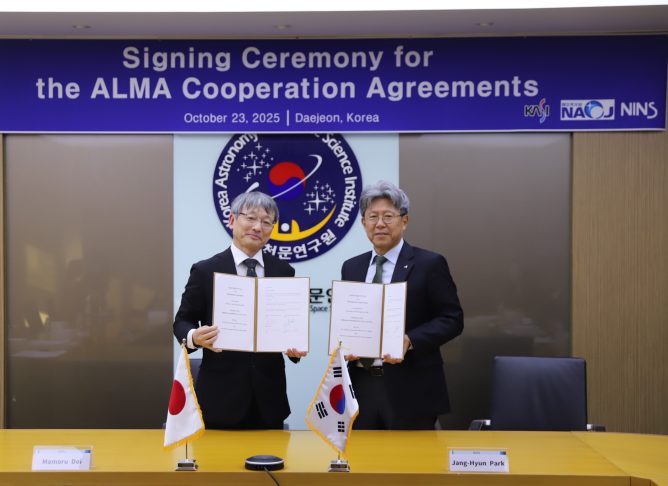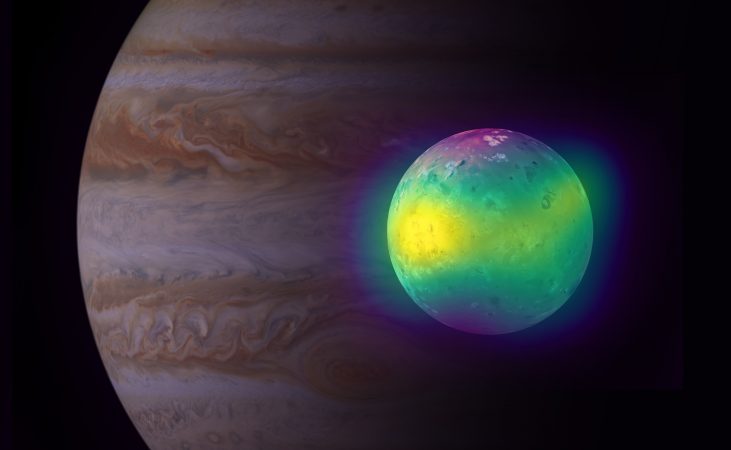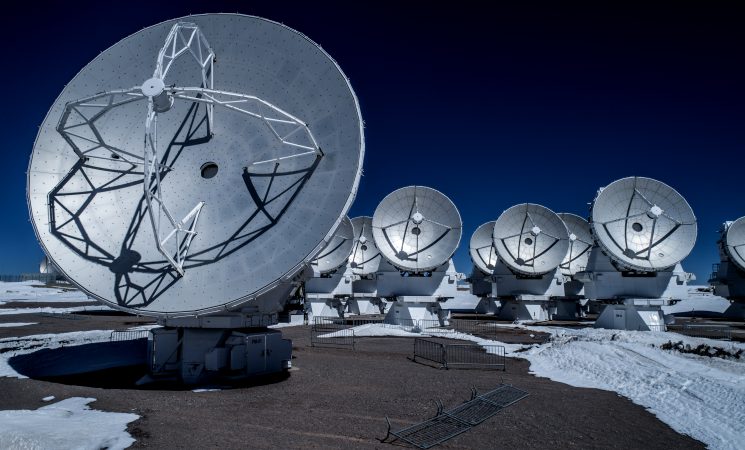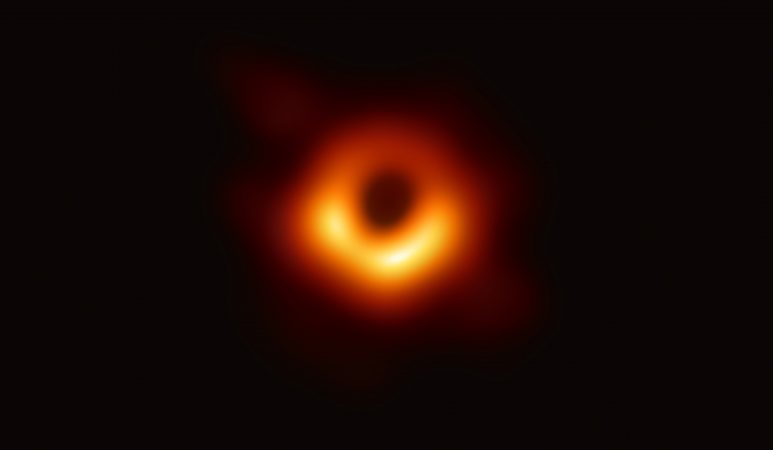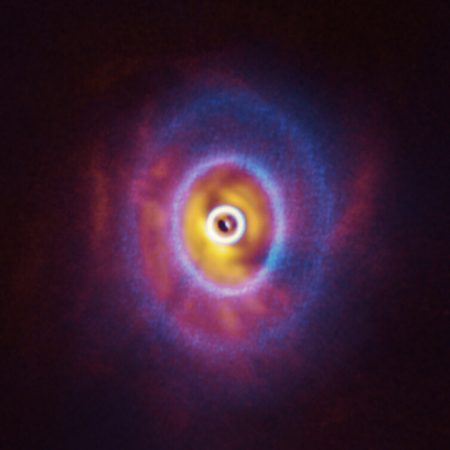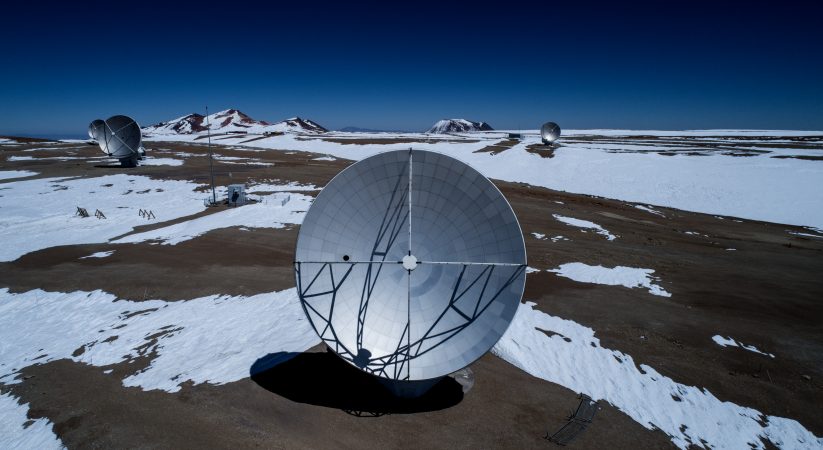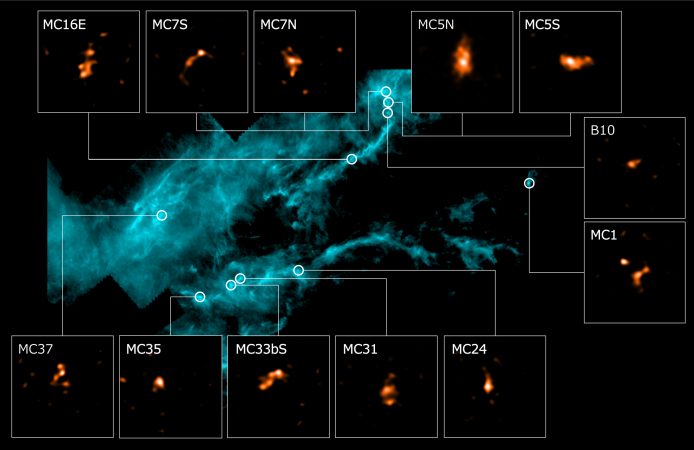The team is composed of members from the National Astronomical Observatory of Japan (NAOJ) and the Korea Astronomy and Space Science Institute (KASI). They jointly developed a new spectrometer for the Total Power Array of the Atacama Compact Array (ACA), based on GPU (Graphics Processing Unit) technology. Despite the challenges posed by the COVID-19 pandemic, the team persevered and achieved the first light on February 22, 2022. Following this milestone, performance testing and system integration continued, and the spectrometer has successfully been provided for science observations since Cycle 10, which began in October 2023. Featuring enhanced linearity, dynamic range, and spectral sensitivity, the new spectrometer enables accurate detection of faint spectral lines from gas surrounding bright astronomical sources.
The team led the designing, building, and evaluating the instrument, achieving its high performance. The spectrometer continues to operate reliably, and in Cycle 10, which concluded in September 2024, the Total Power Array recorded its longest cumulative observing time to date.
Jongsoo Kim of KASI, the principal investigator of the ACA Spectrometer, commented:
“It is a profound honor for our ACA Spectrometer team to receive the NAOJ Director General’s Award. This 10-year project, delivering an ACA Spectrometer through the East-Asia ALMA collaboration, exemplifies the successful partnership between KASI and NAOJ. Despite challenges posed by the unprecedented global COVID-19 pandemic, significant documentation burdens, and numerous software bugs, our team’s dedication resulted in the successful implementation and operation of the GPU-based spectrometer. Special thanks should be given to Manabu Watanabe, who was the last person I could rely on whenever I faced challenging issues. Without him, the project would not have succeeded.”
Manabu Watanabe, who served as the technical lead for the NAOJ side, remarked:
“The ACA spectrometer project began in 2015 by bringing together the strengths of KASI, which had been exploring the idea of developing a GPU-based spectrometer, and NAOJ, which had experience in the development and operation of the ACA correlator for ALMA. In 2022, shortly after the COVID-19 pandemic had subsided, we visited the ALMA site in Chile, worked closely with local engineers and astronomers, and successfully obtained the first spectrum. It was an incredibly moving experience. This achievement is entirely due to the dedicated efforts of all team members and the patient support from management, for which I am deeply grateful. Our team has already begun a new development project for an even higher-performance GPU spectrometer. With the experience gained so far, I am confident that the new GPU spectrometer project will also be a great success.”
This award recognizes the team’s outstanding contributions to radio astronomy. The new spectrometer is expected to continue enabling valuable scientific results in the years to come.

Director General Mamoru Doi of NAOJ (center) with the award recipients. Jongsoo Kim of KASI, the principal investigator of the ACA Spectrometer, is fourth from the right; Manabu Watanabe, the technical lead on the NAOJ side, is third from the right. Third from the left is Junko Oguri, Public Outreach Officer at the NAOJ Public Relations Center, who received the award in the Public Outreach category this time.

Members of NAOJ and KASI, who have launched the development of a next-generation spectrometer building on the achievements of the award-winning spectrometer project. Pictured in front of the Director General’s Award plaque.
Related link
First light with the new spectrometer for the Atacama Compact Array

